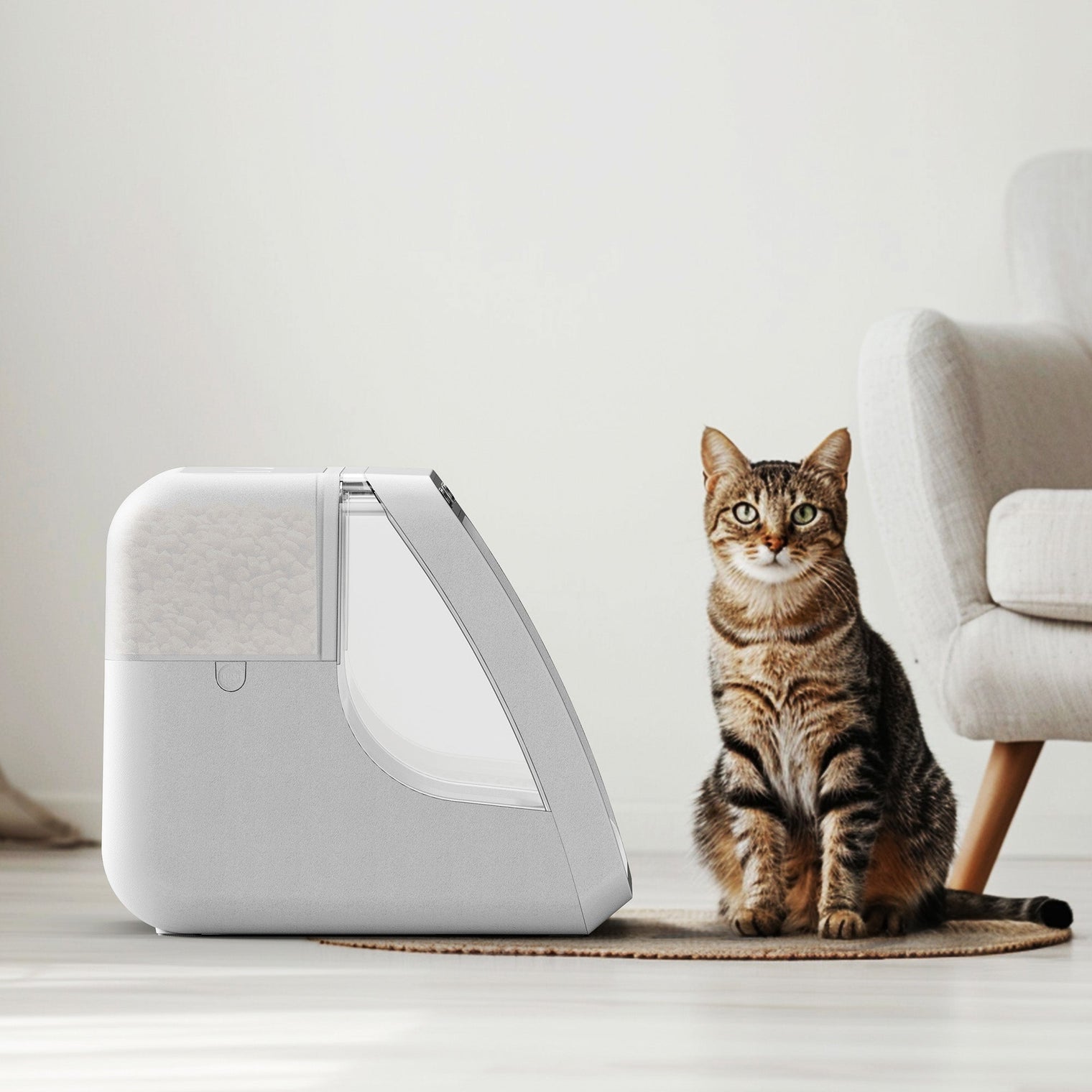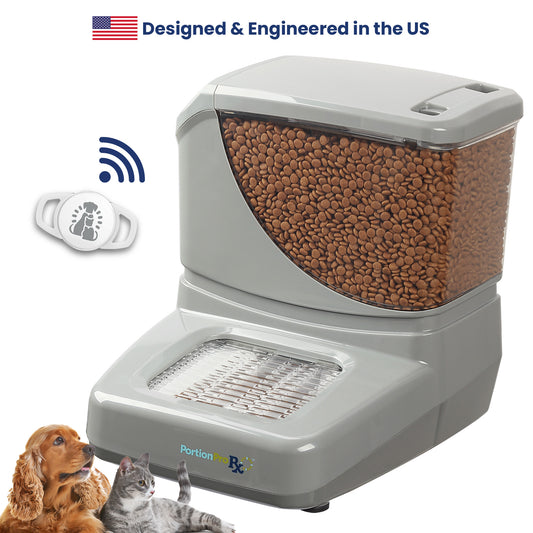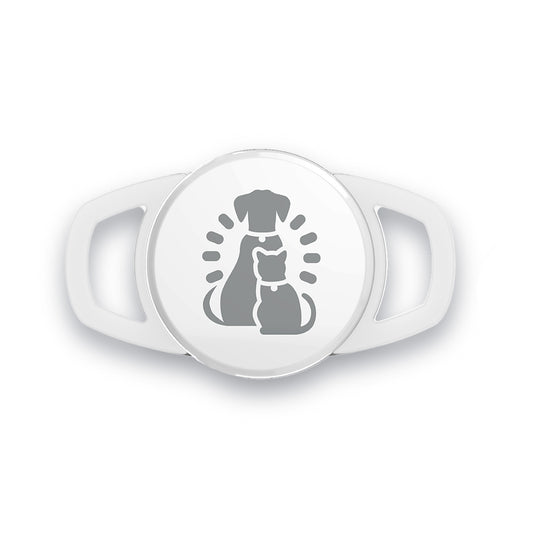If you have a multi-cat household, you know the struggle: one cat is on a diet while the others get to enjoy regular meals. But no matter how well you try to separate the food bowls, the cat on the diet always seems to find a way to snack on the others’ food.
Over time, this not only defeats your weight management efforts but can also lead to fights, stress, and health issues for all your feline friends. So, what’s the solution?
Here are several effective strategies to stop your food motivated cat from raiding everyone else’s meals – without turning mealtime into a battle ground.
-
Feed your Cats on a schedule
If you currently free feed (leaving food out all day), it might be time to switch to scheduled meals. This way you control when and how much each cat eats.
Tip: Feed all cats at the same time, in separate spaces if possible. Once the meal is over (usually around 15 - 30 minutes depending on the cat) pick up the bowls – even if there’s food left.
-
Separate Feeding Areas
Assign each cat a designated feeding station. If your cats can't access each other’s food, they can’t eat it. Some ideas of where to place the bowls:
-
Feed one cat in the bedroom with the door closed
-
Use baby gates (Make sure the gate is tall enough so your cat cannot jump over)
-
Feed cats on different levels, like a counter and then the other on the floor, if one can cannot jump on the counter
-
Use Technology to your Advantage
For a long-term, stress-free solution, tech can help – especially if you have one cat who needs unrestricted access to food and another who needs portion control.
The PawsPik Automatic Microchip RFID Pet Feeder
This innovative feeder only opens for the cat whose microchip (or RFID collar tag) it’s programmed to recognize. That means:
-
Only the right cat gets access to the food
-
Prevents food stealing from other cats
-
Great for cats with special diets or meds in their food
-
Reduces food waste and helps with portion control
The PawsPik Microchip Feeder is especially useful if your overweight cat is clever (and persistent). It creates a secure, personalized feeding zone that keeps all cats healthier – and mealtimes less stressful.
-
Monitor Portions Closely
An overweight cat will often still act hungry – even after eating. Don’t let the guilt get to you! Talk to your veterinarian about how much your cat should be eating daily, then divide into multiple meals. Avoid letting them snack through the day and or chowing down on someone else’s leftovers.
-
Enrichment Instead of Excess Eating
Food-motivated cats often benefit from puzzle feeders that turn mealtime into a game. Not only does this slow down their eating, but it also provides mental stimulation. Sometimes, food obsession is just boredom in disguise.
6. Vet Check: Rule out Medical Issues
Before assuming your cat is greedy, make sure there’s no underlying health issues. Conditions like diabetes or thyroid problems can cause excessive hunger. A quick vet visit can rule out anything serious.
Final Thoughts
Keeping a food - hogging cat from eating the others’ meals takes a mix of strategy, boundaries, and the right tools. While scheduled feeding and separate spaces work well, investing in a smart solution like the PawsPik Automatic Microchip Feeder can make all the difference – especially if you’re juggling multiple cats with different needs.

Because in a happy cat household, everyone deserves their fair share of mealtime (and no more!).



